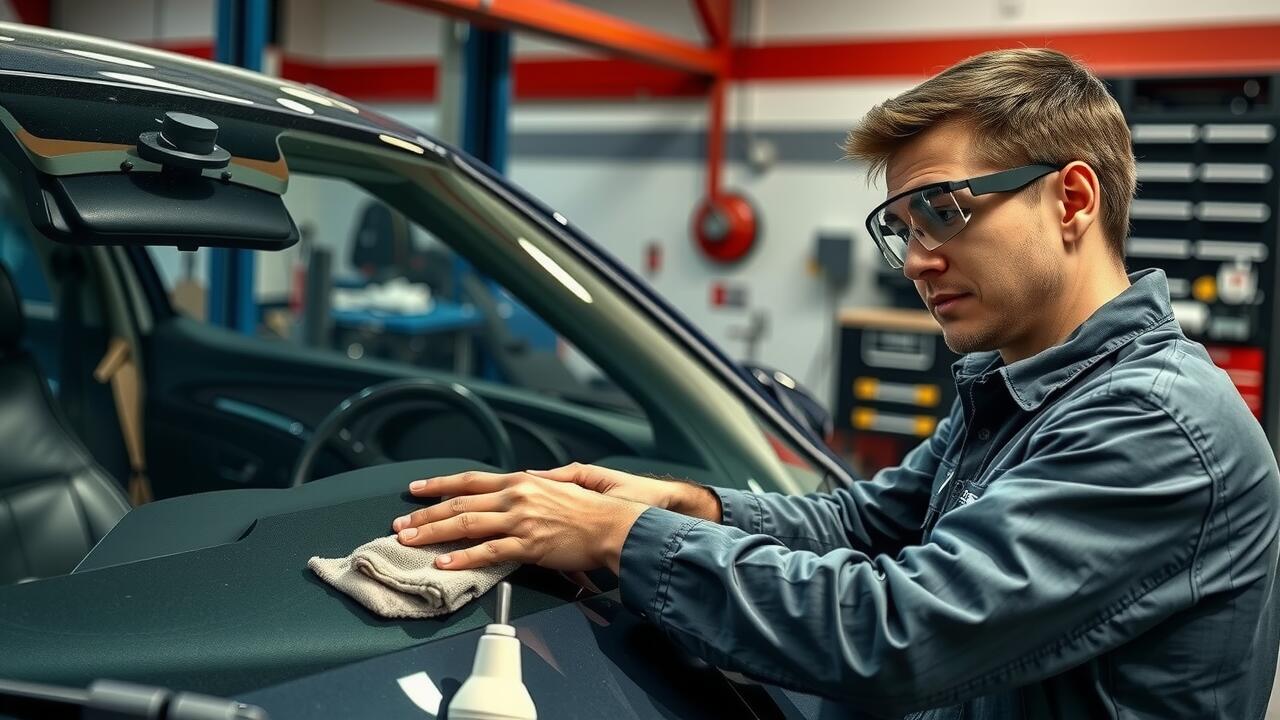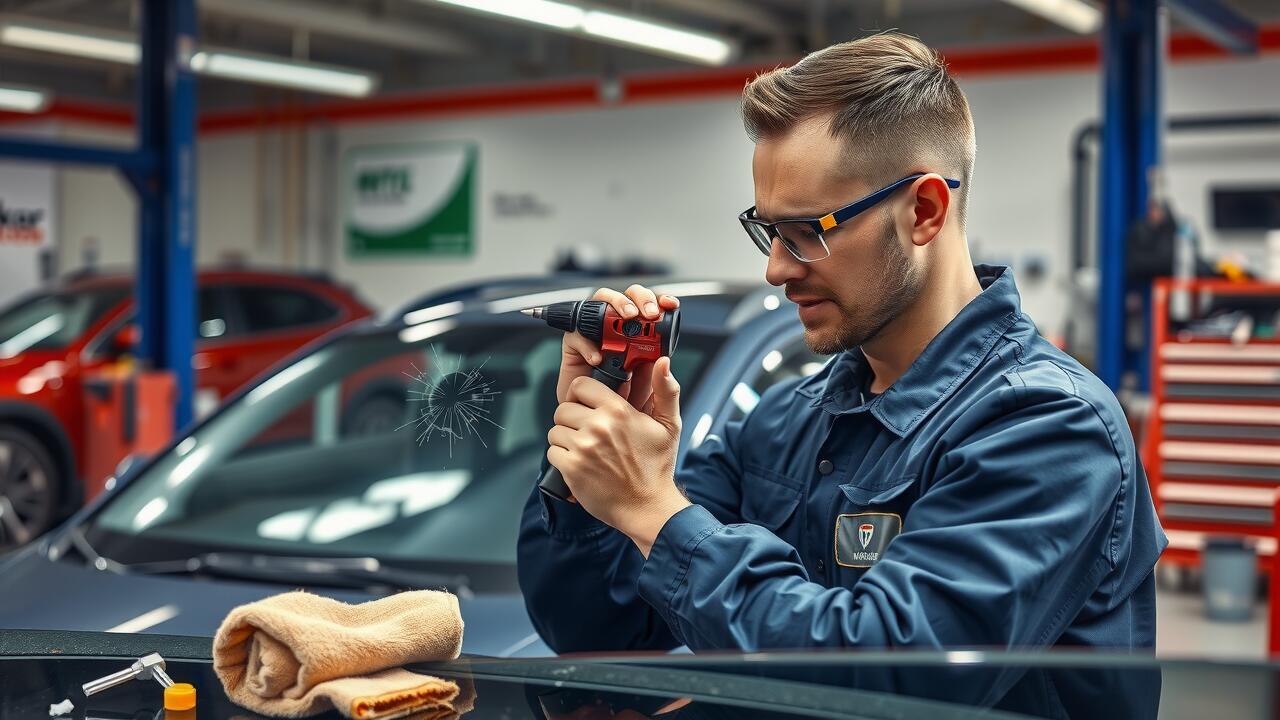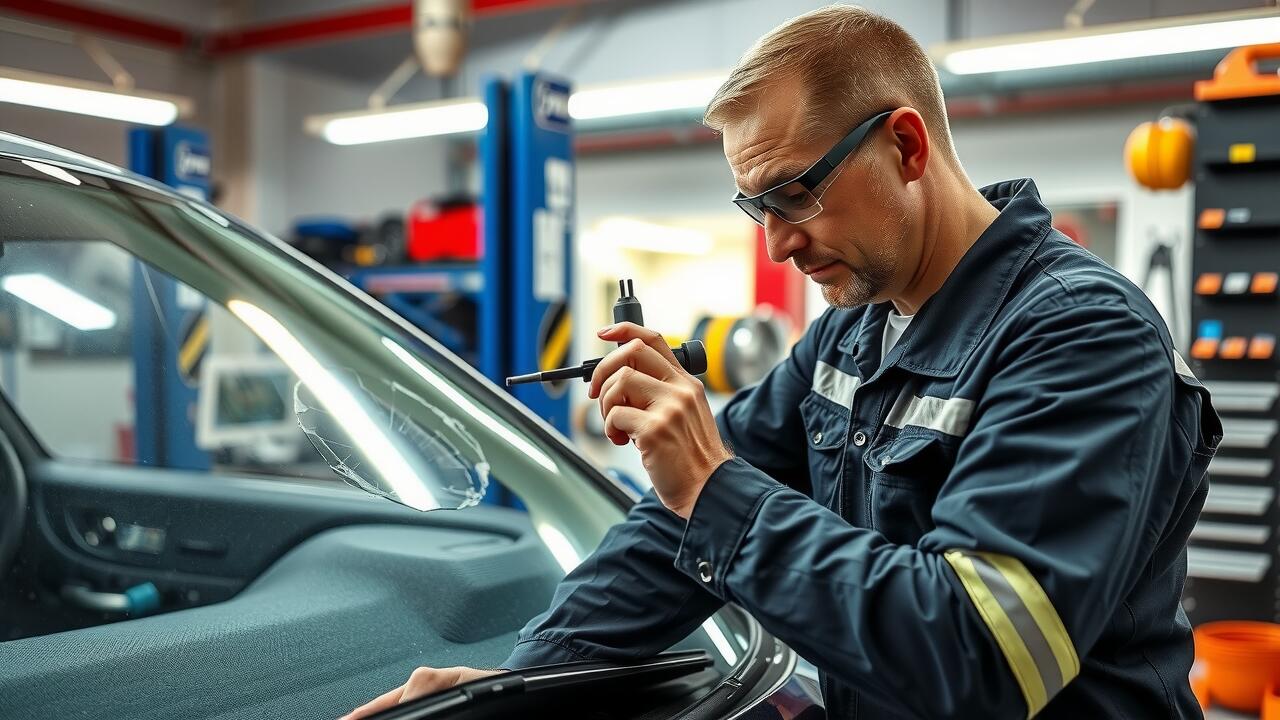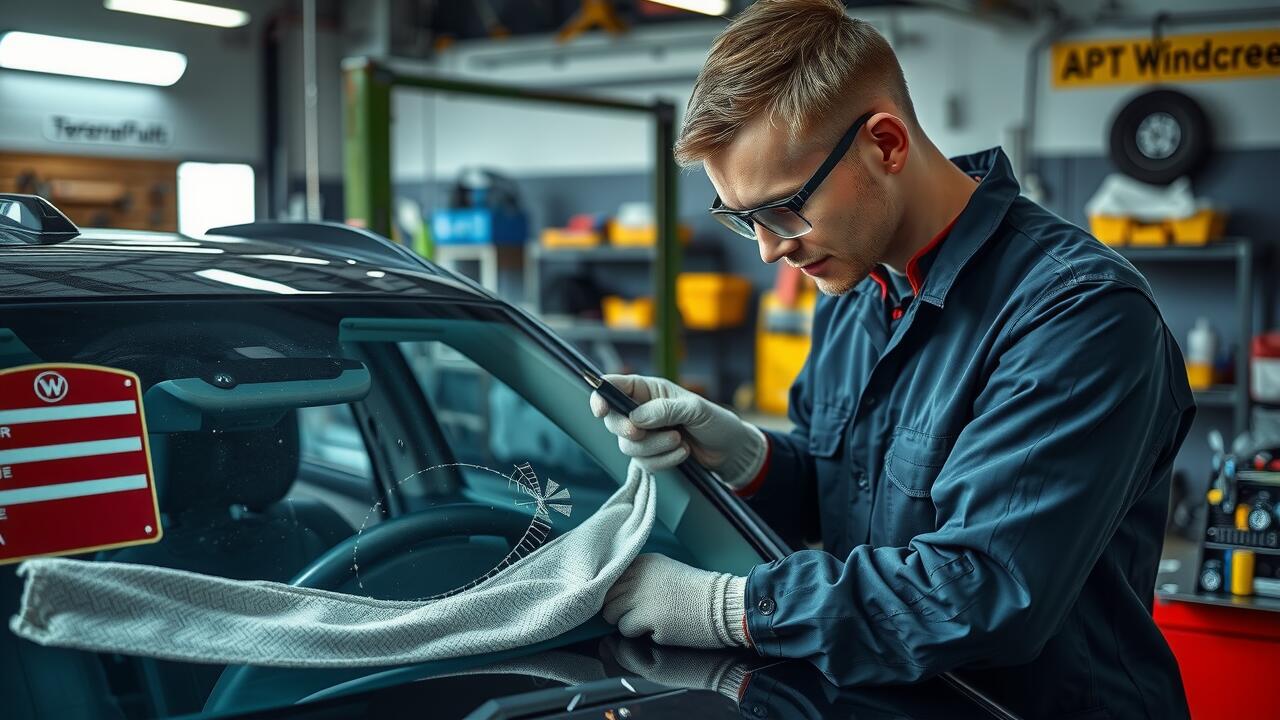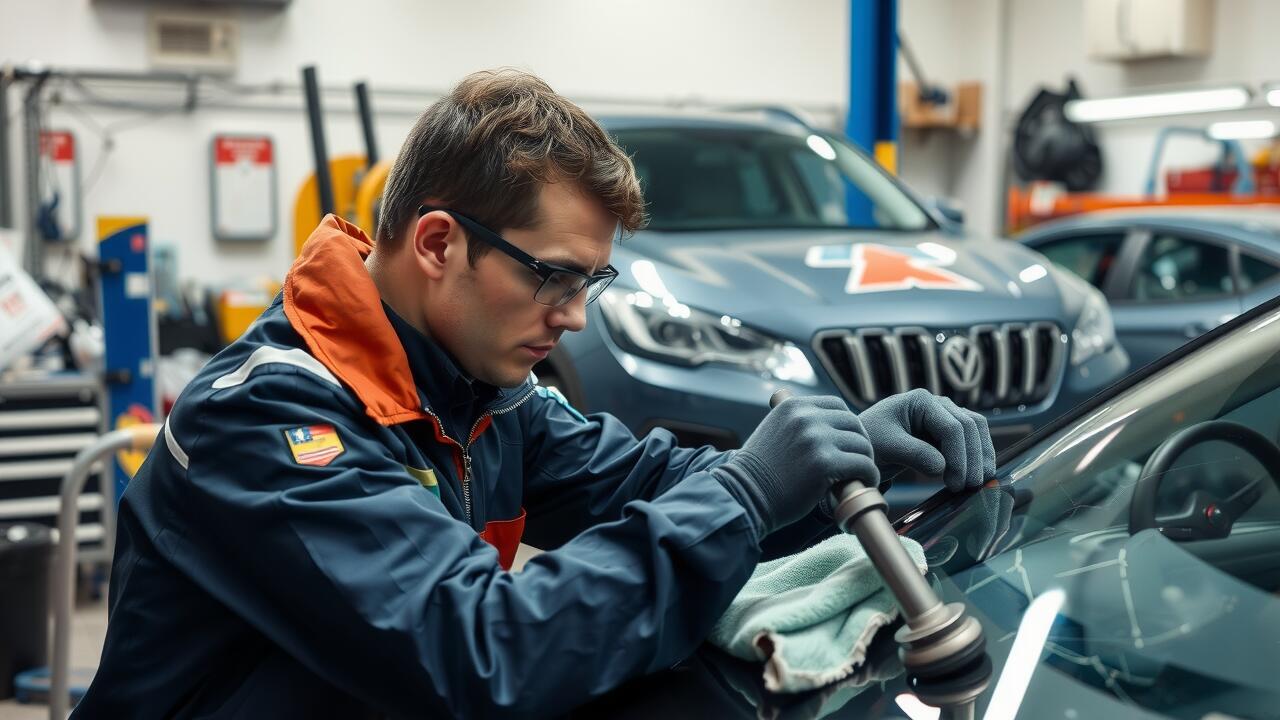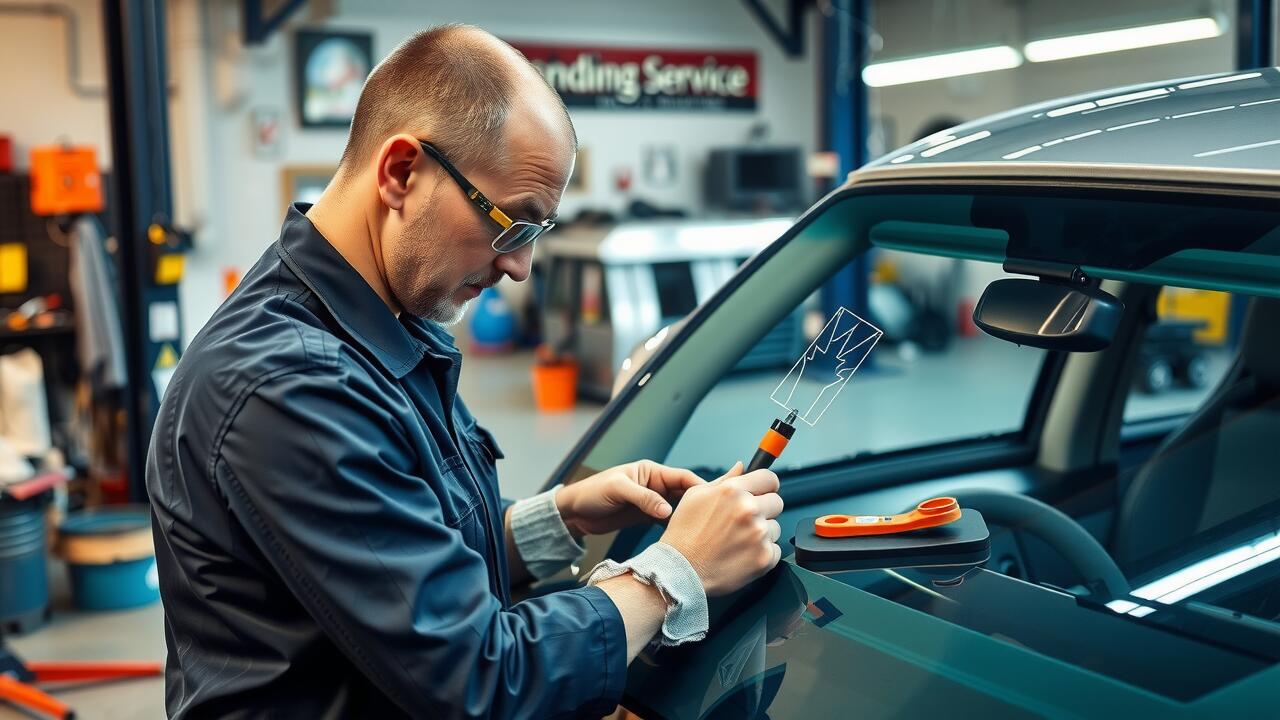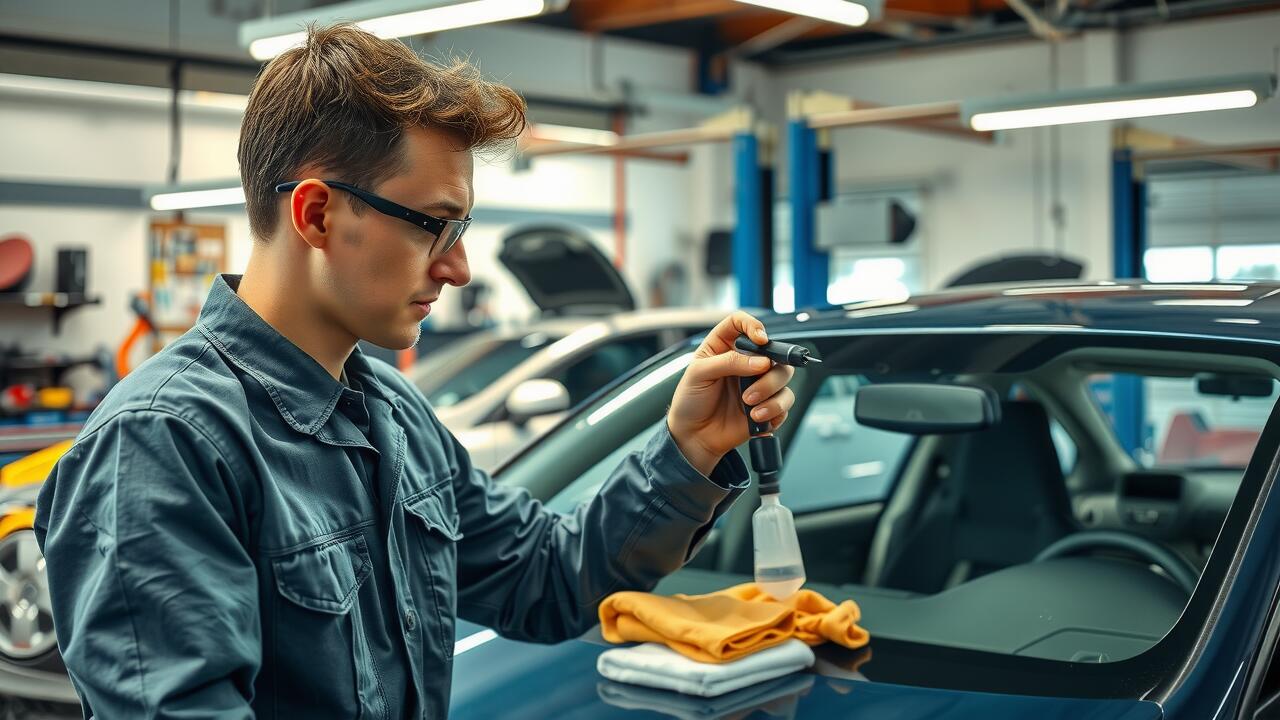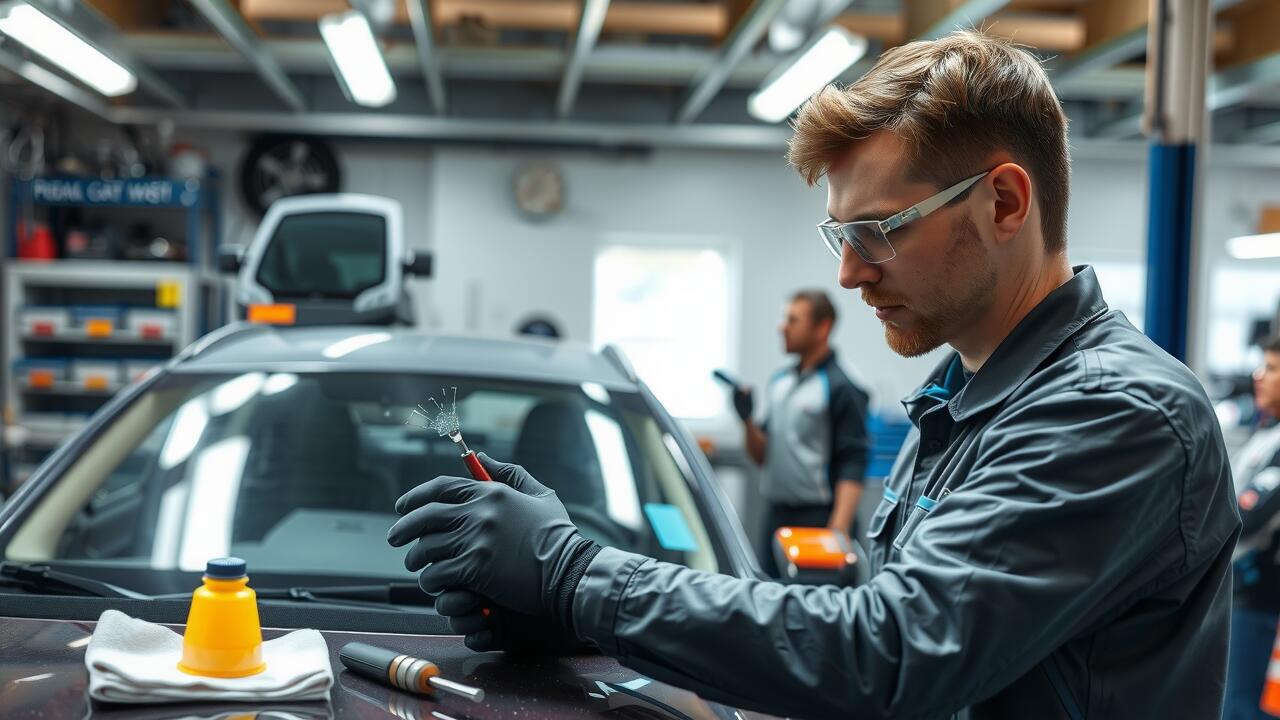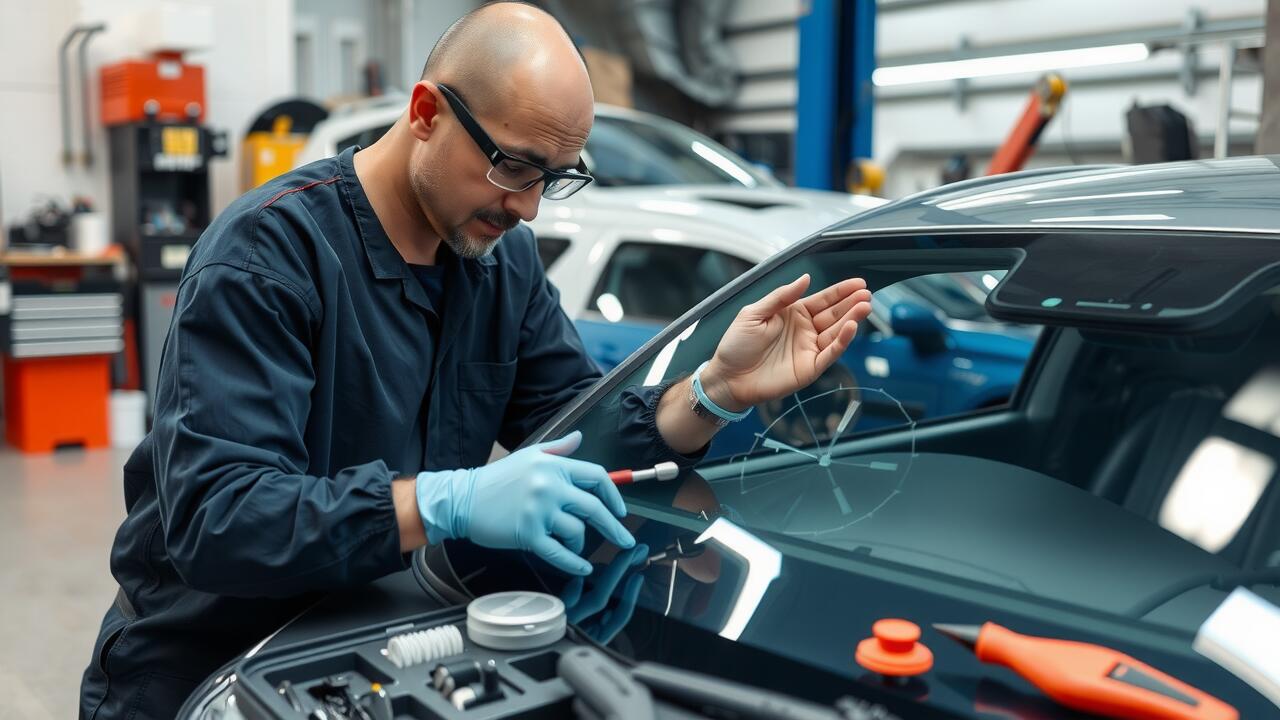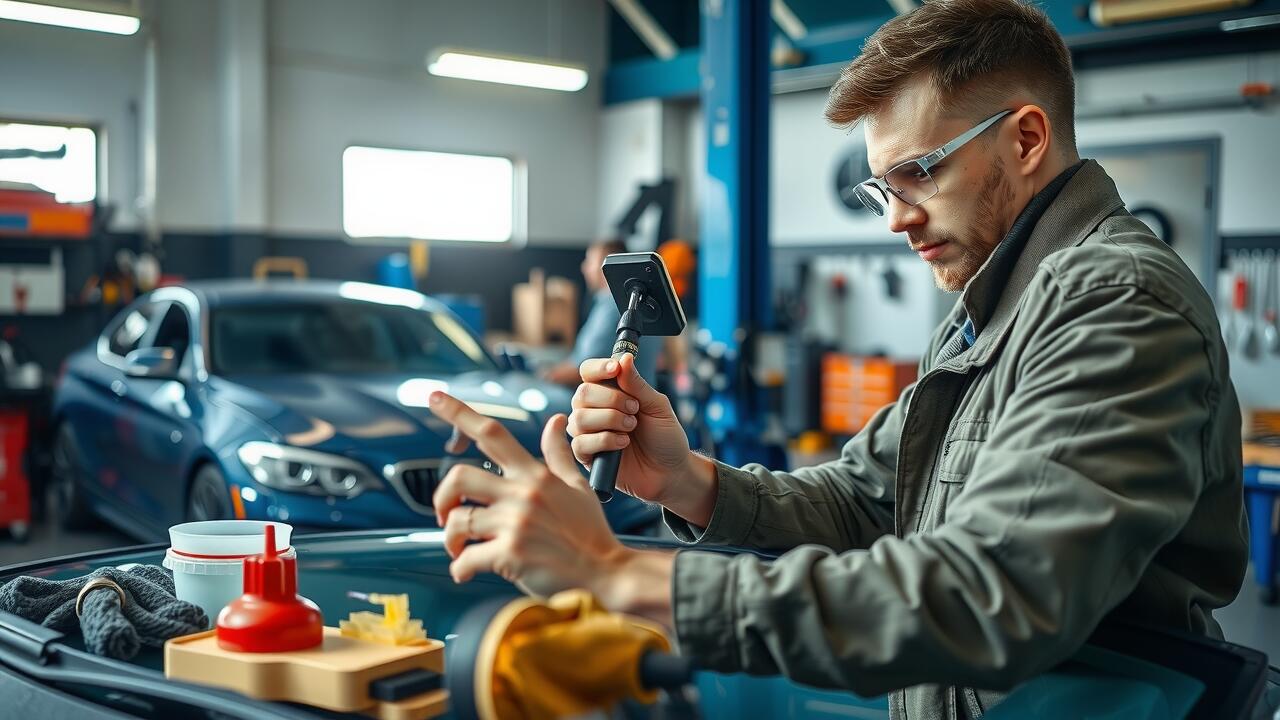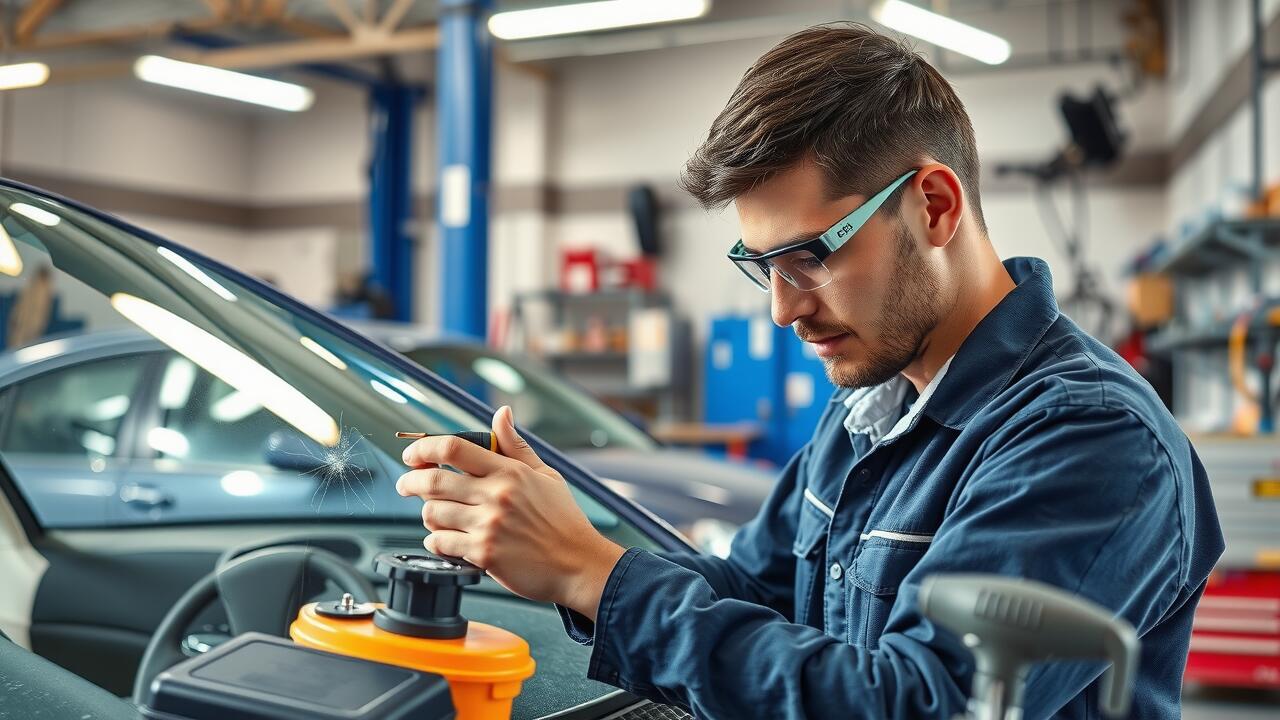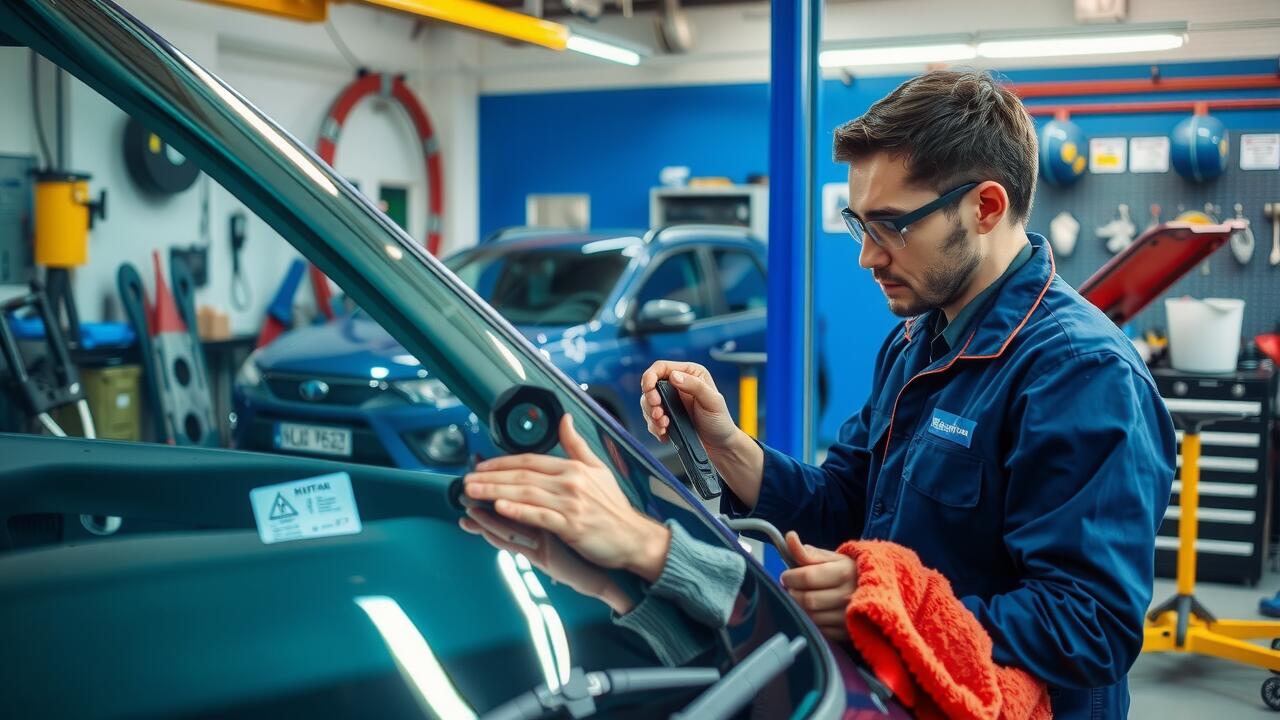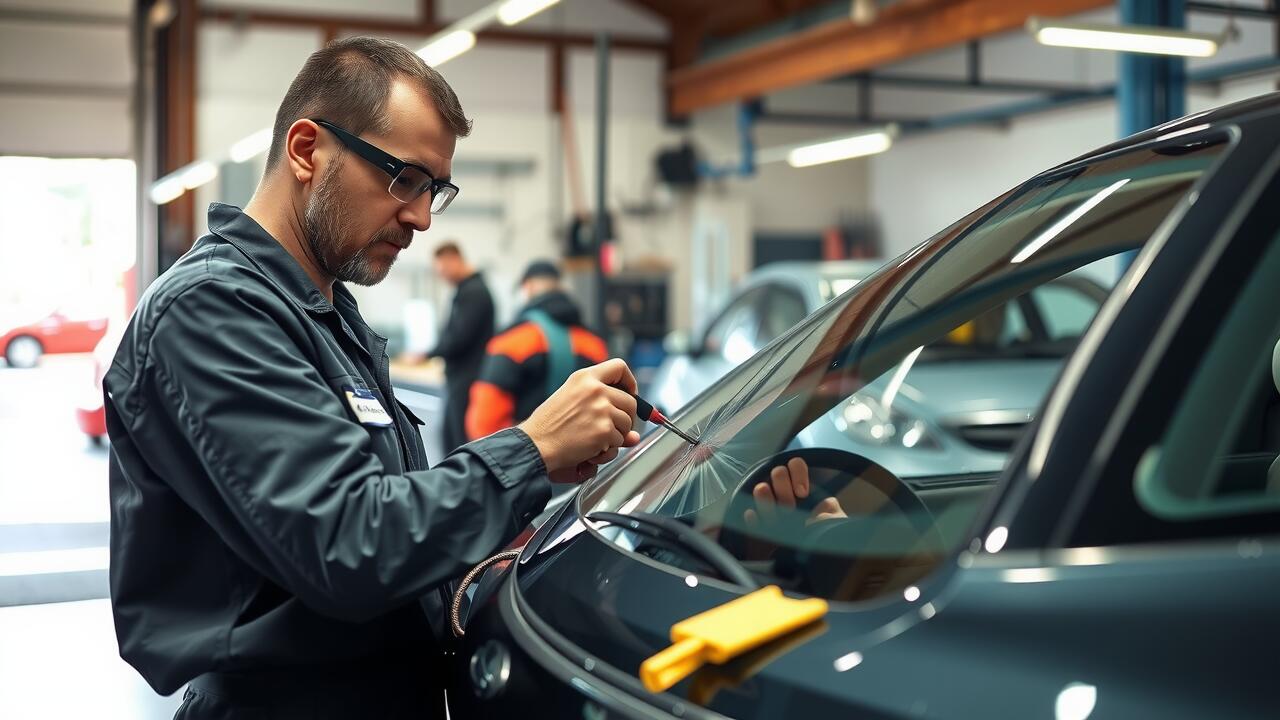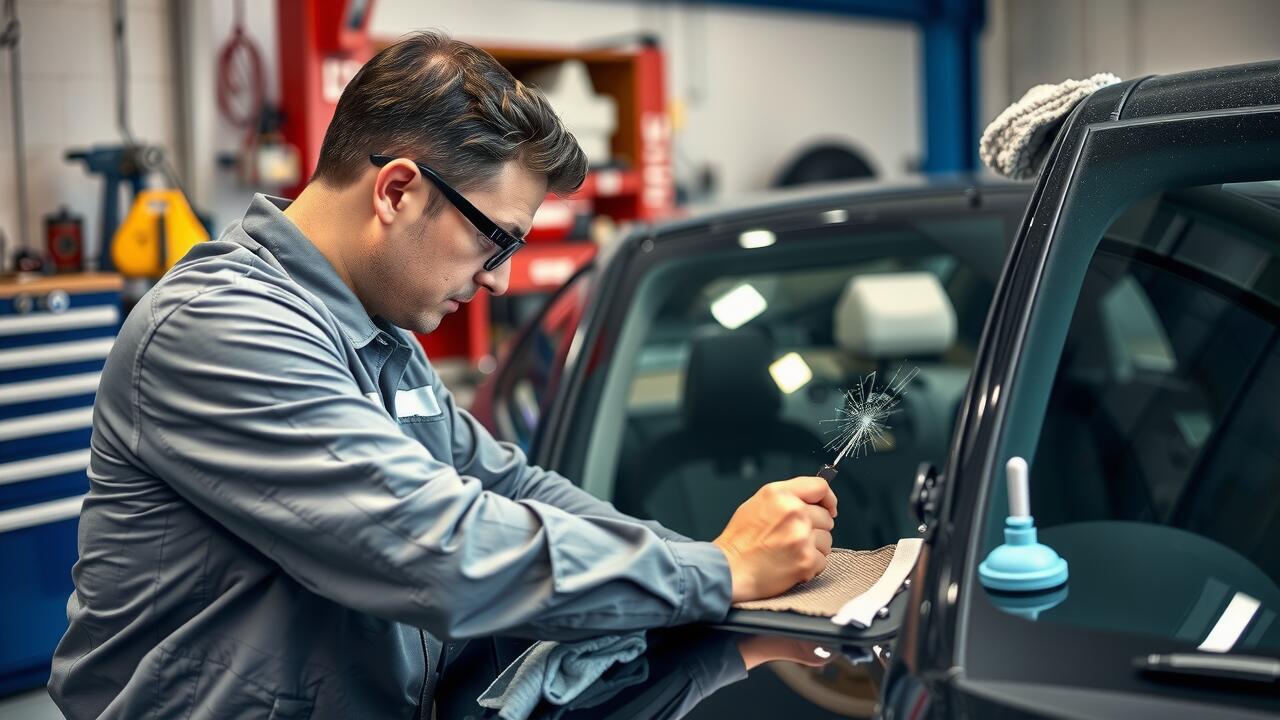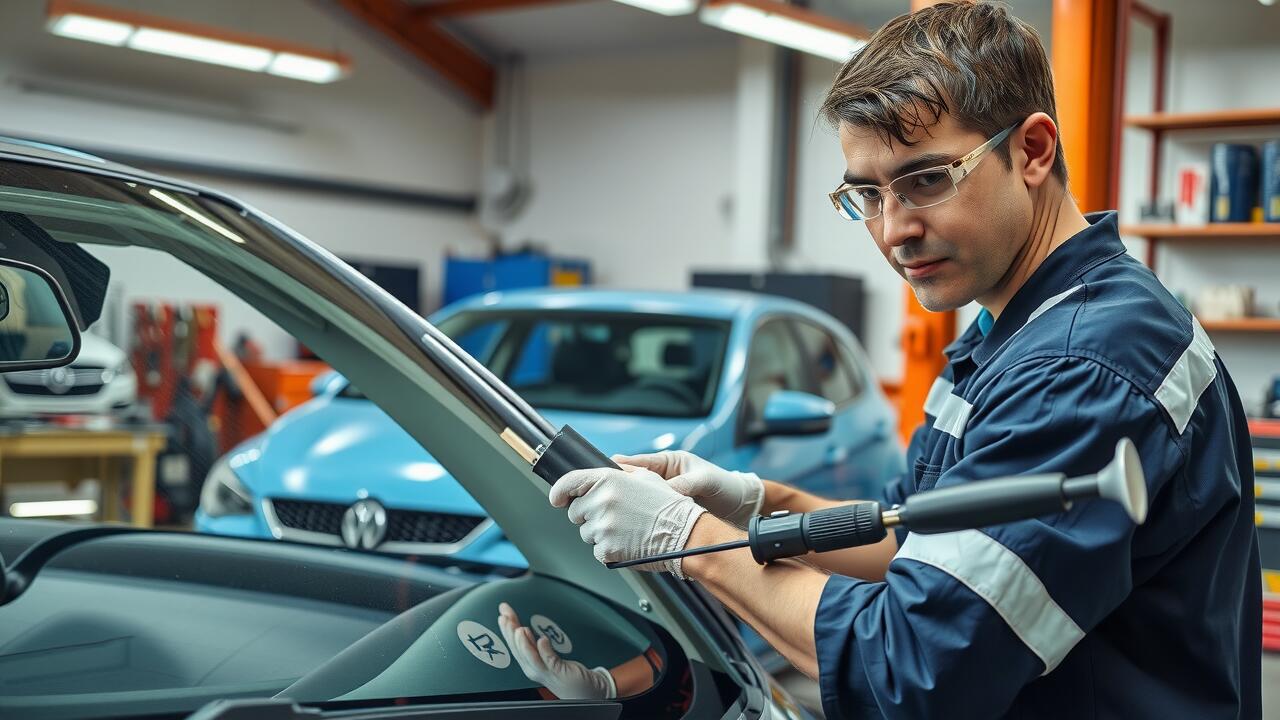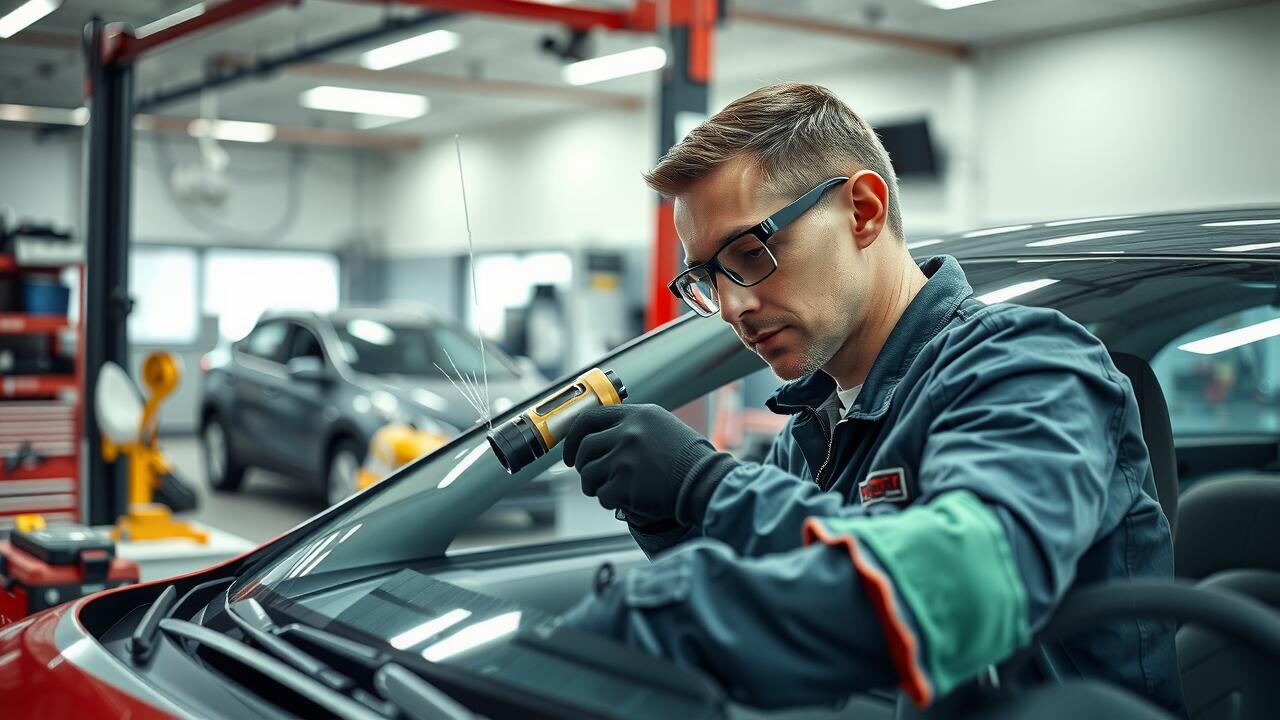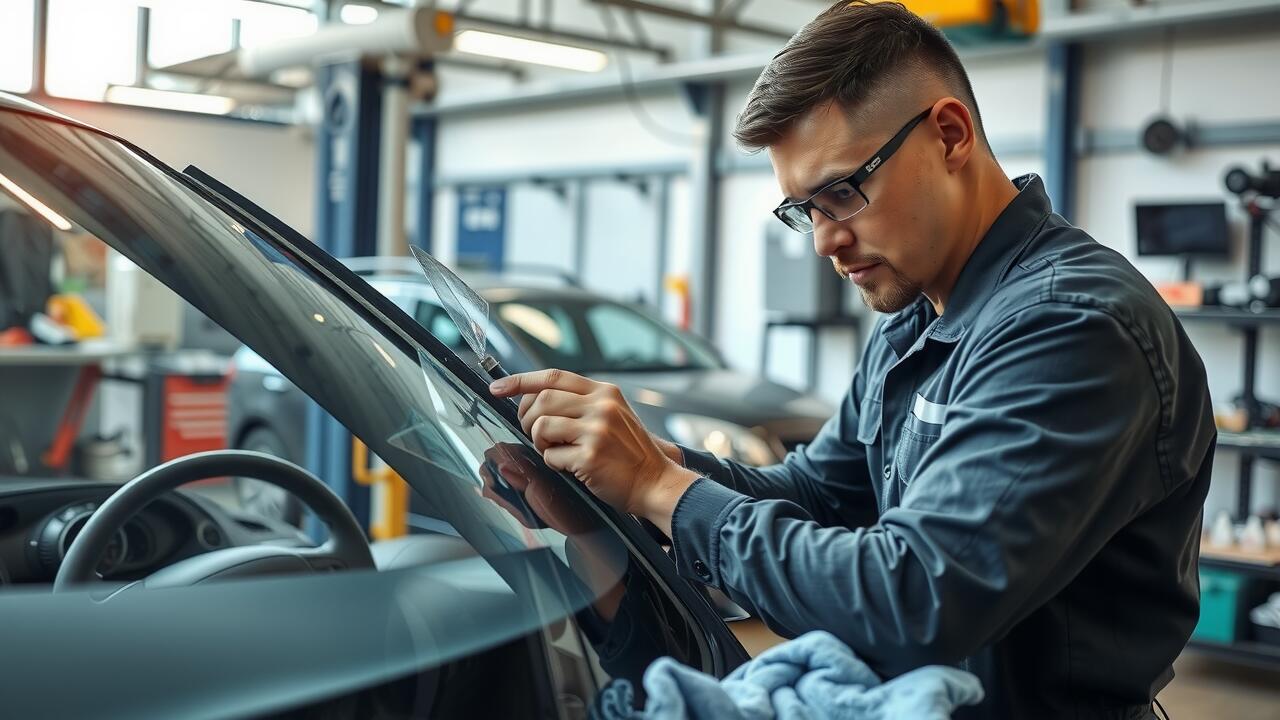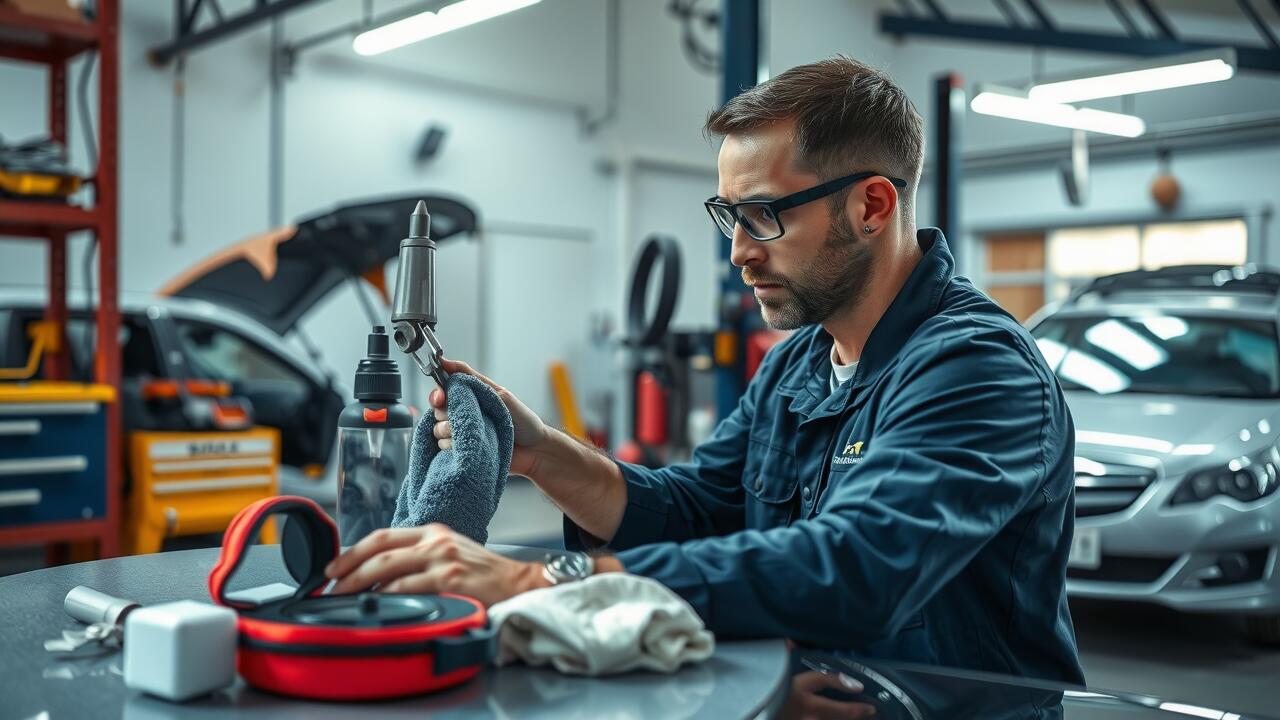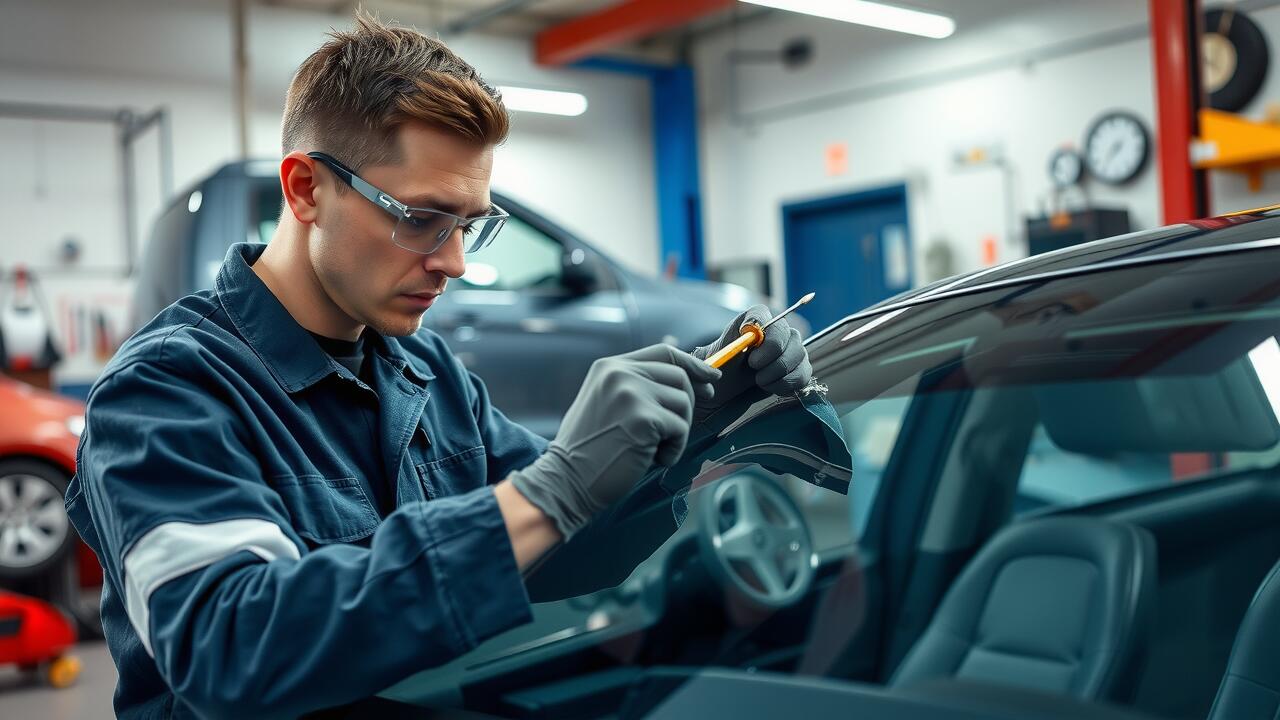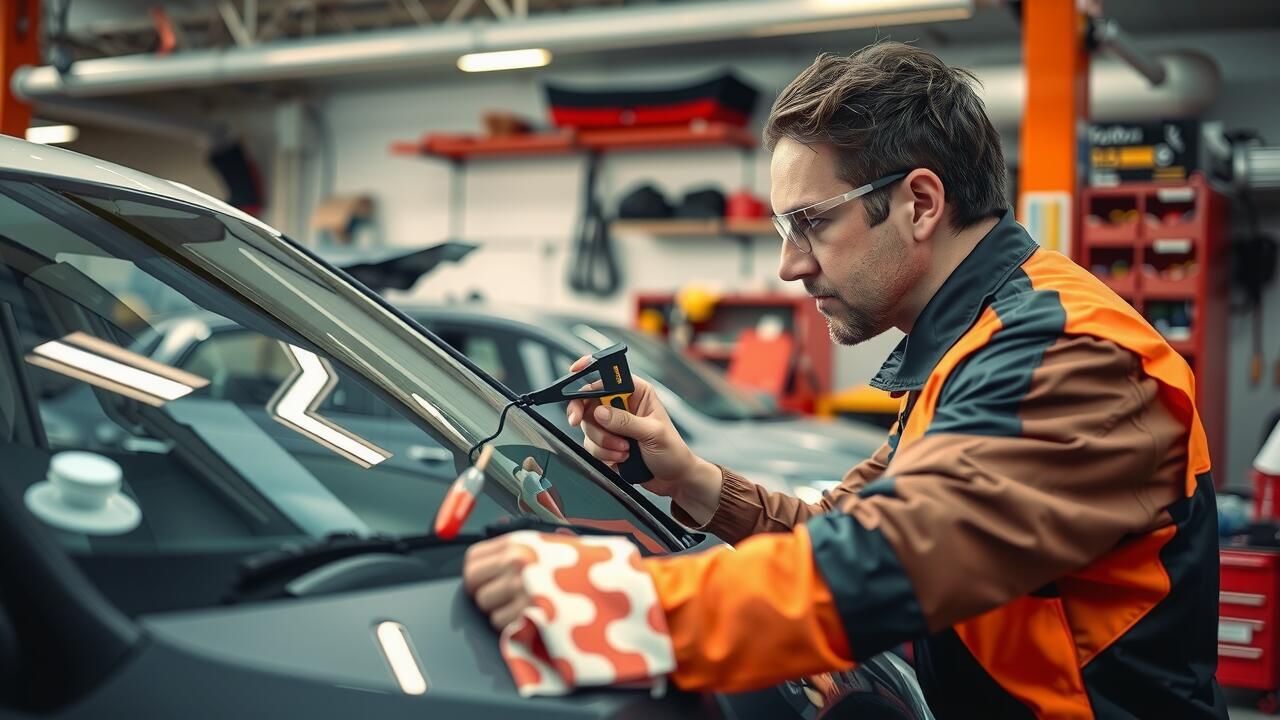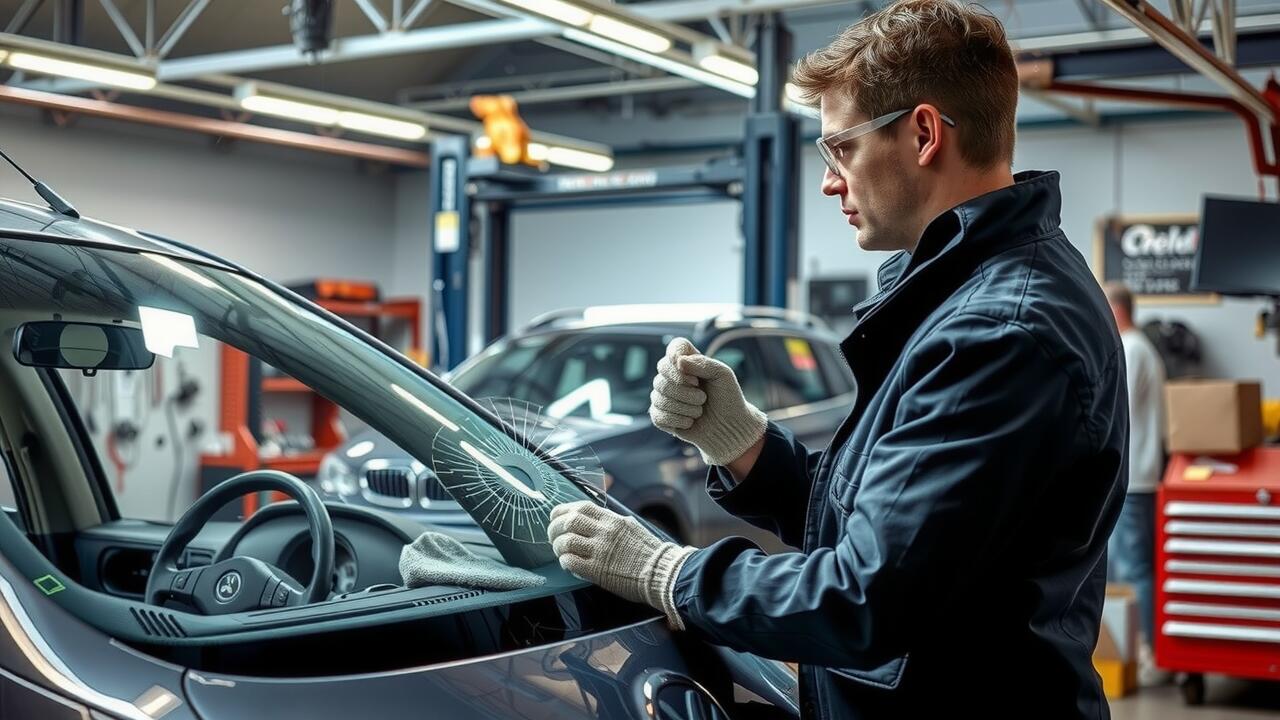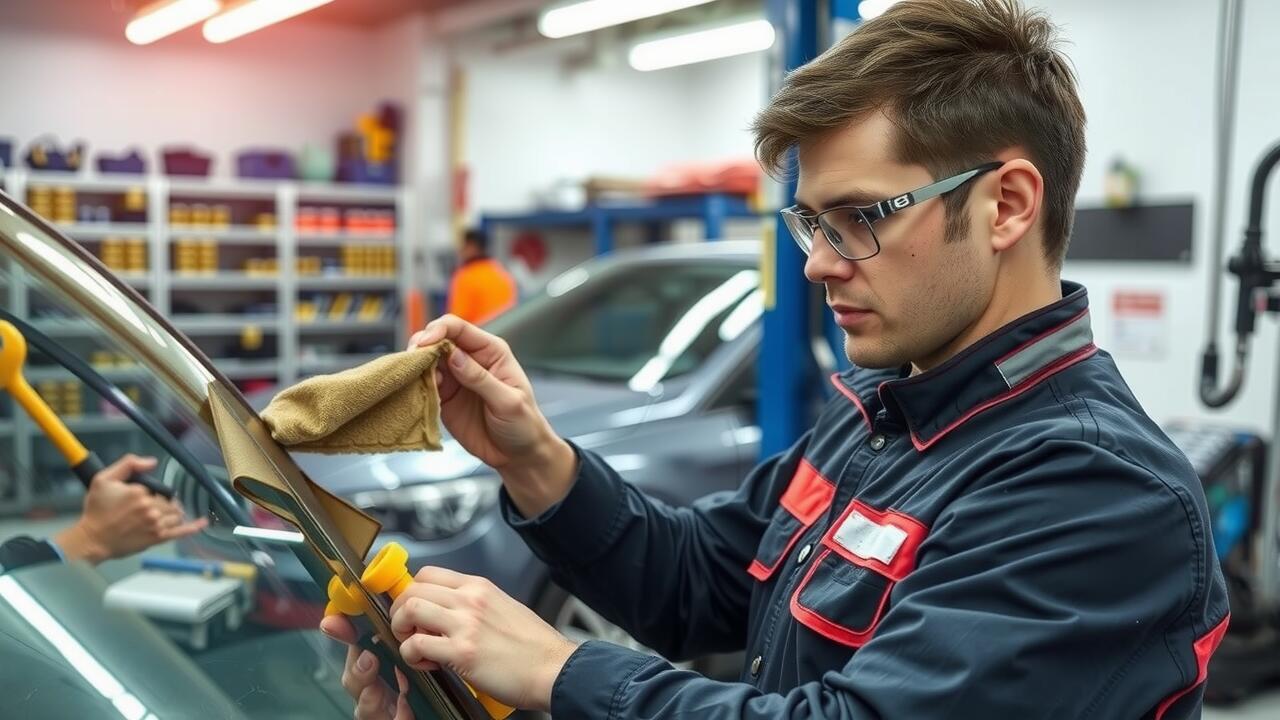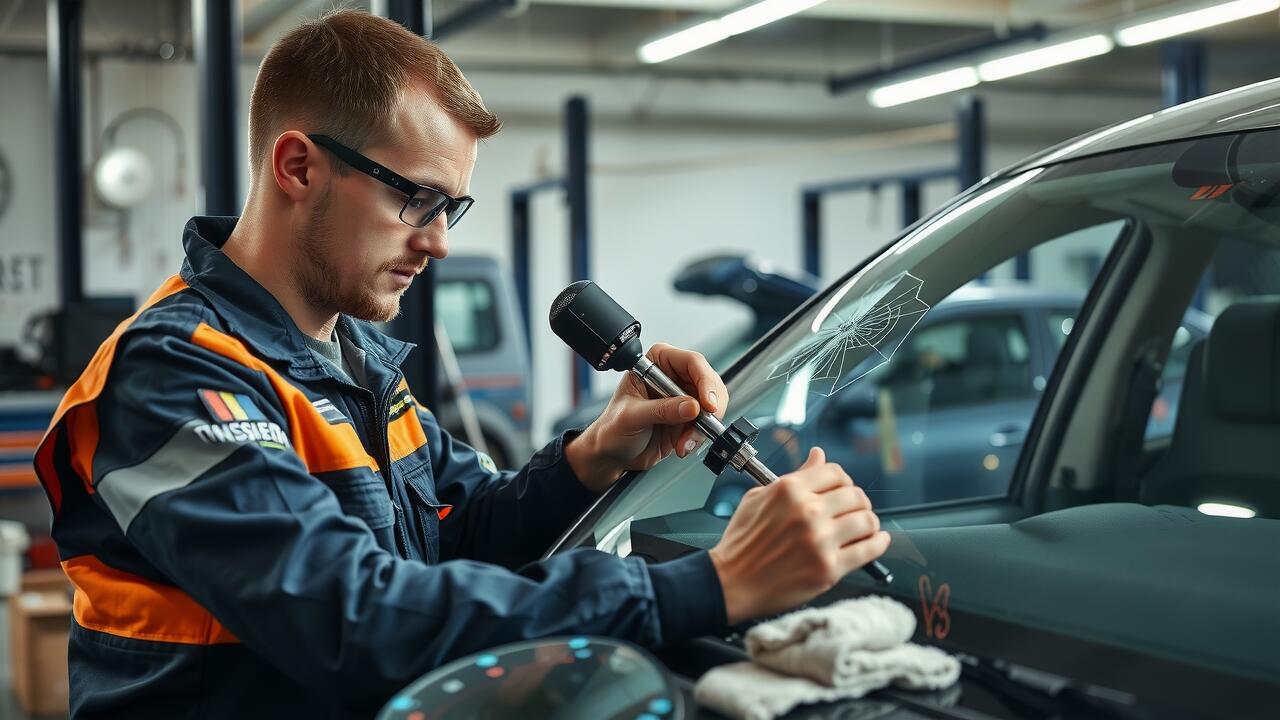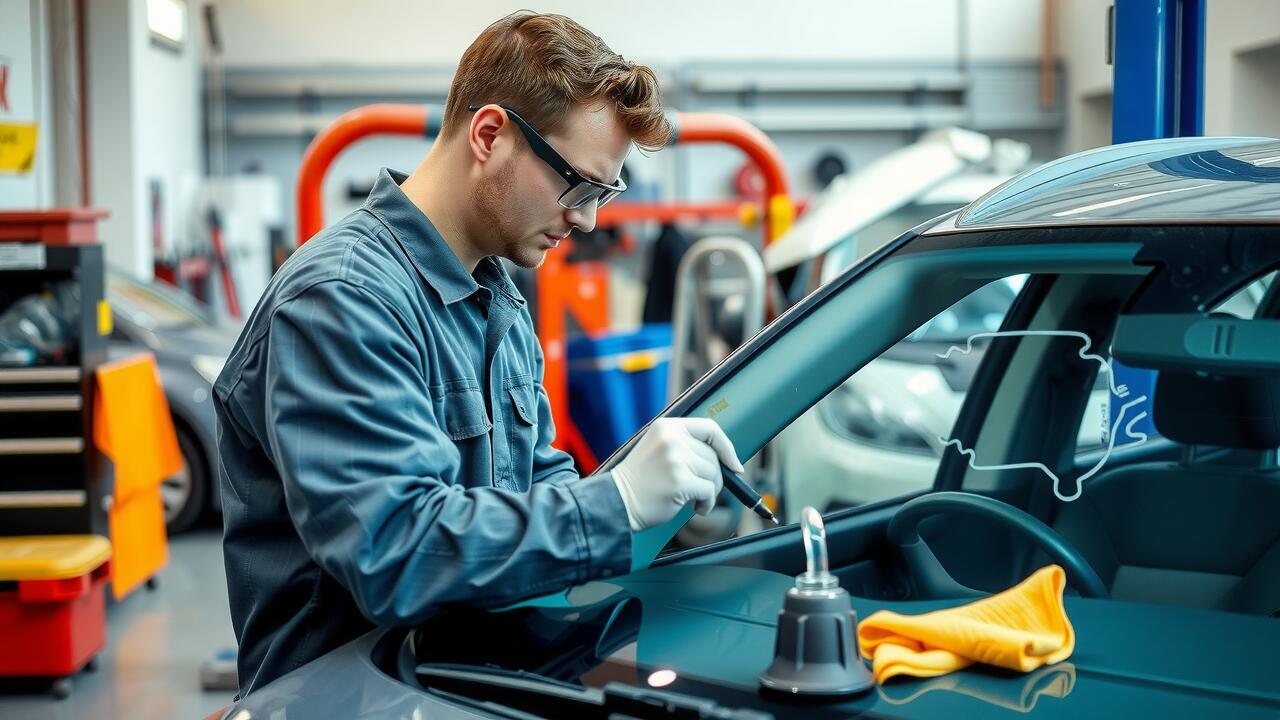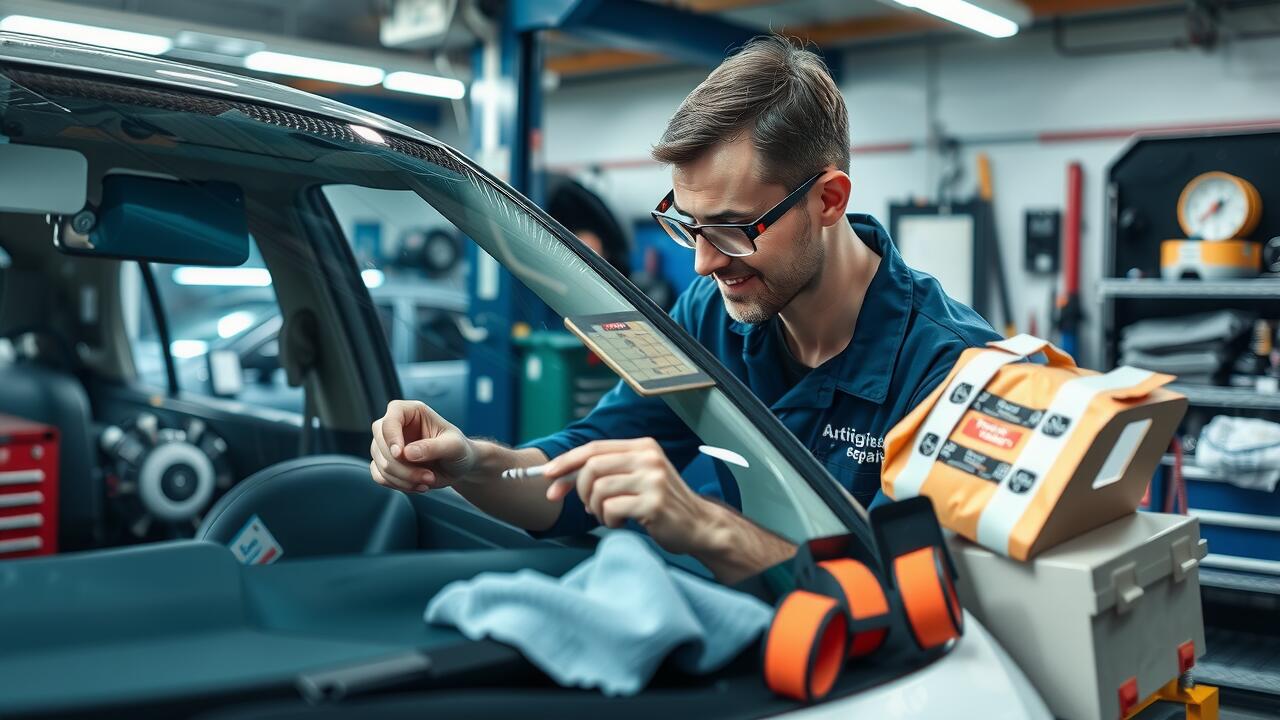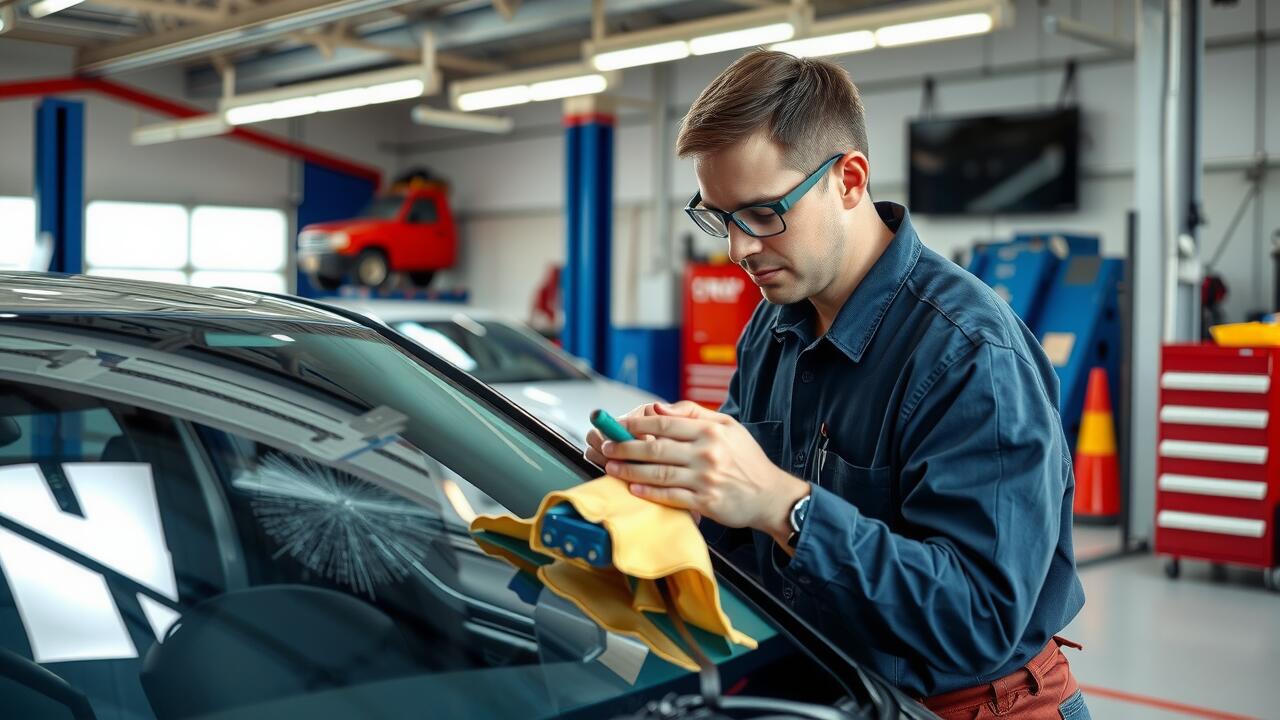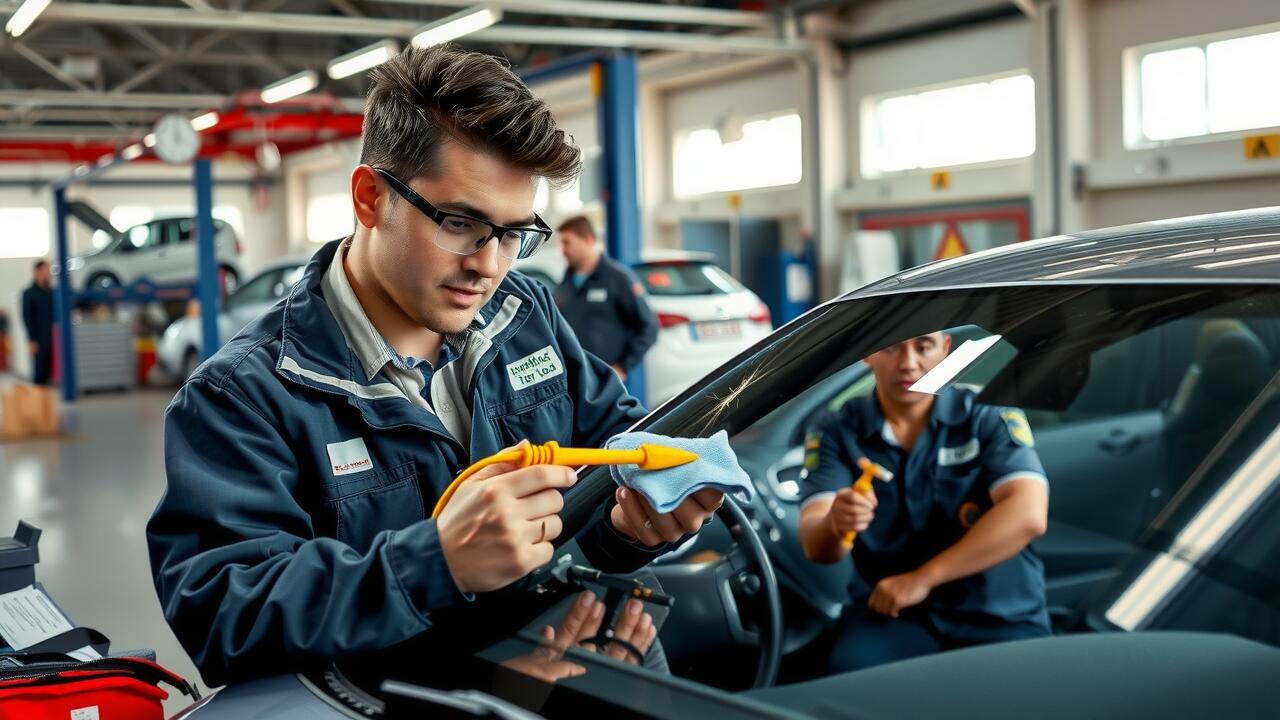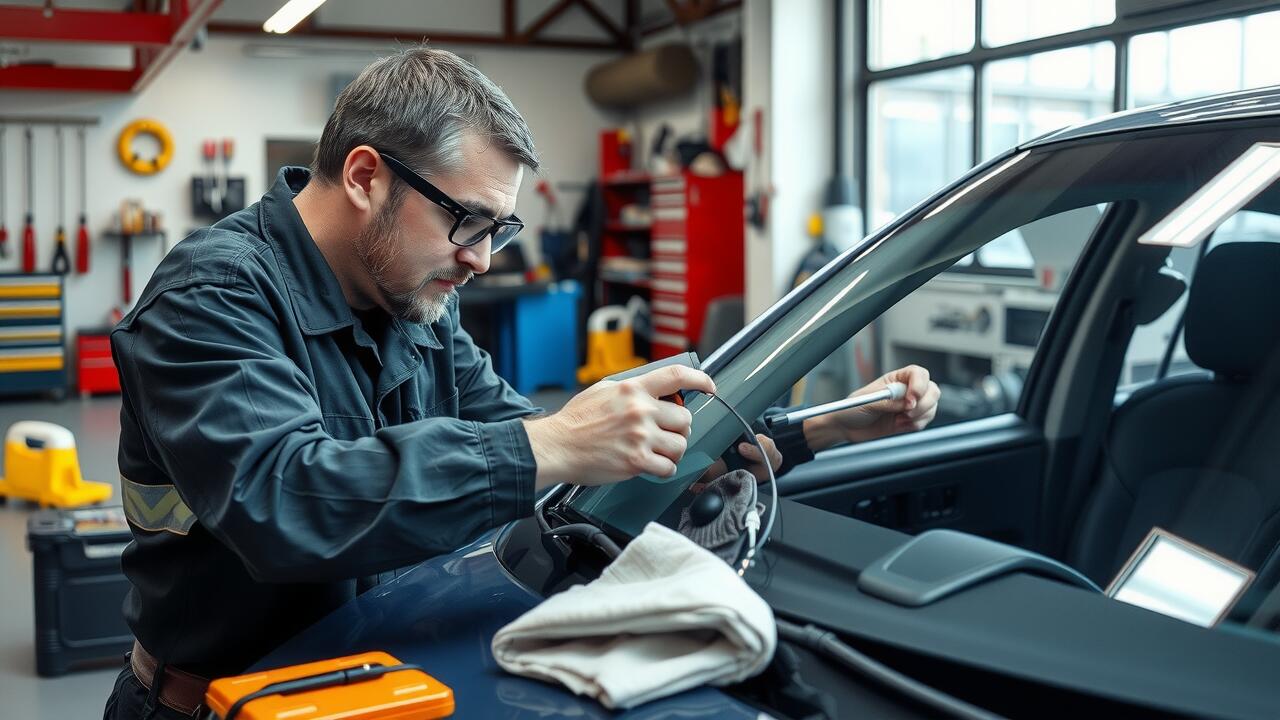
Table Of Contents
Multiple Chips on the Windscreen
Windscreen chips can be more troublesome when multiple damage points are present. If chips are located close together, it may compromise the structural integrity of the windscreen. In such cases, attempting a repair may not be effective, as the strength of the glass could be significantly reduced. Professional services often assess whether the combined damage warrants a full replacement instead of relying on a simple windscreen repair.
A common guideline suggests that more than three chips within a specific radius can diminish the effectiveness of repair attempts. Each additional chip increases the likelihood of further cracking or complications during the repair process. Technicians may recommend replacement to ensure safety and clarity, particularly if the chips interfere with the driver's line of sight. Ignoring the extent of damage can lead to more severe issues, making timely assessments crucial for windscreen repair decisions.
Repairing Multiple Chips
When a windscreen has multiple chips, the feasibility of repairing them can be complex. Each chip represents a potential point of failure, and when they are in close proximity or clustered together, it may compromise the structural integrity of the glass. Windscreen repair techniques can effectively address single chips; however, the presence of numerous chips may necessitate replacing the entire windscreen rather than attempting to repair all the damage.
In some cases, the number of chips can exceed the threshold considered safe for effective repair. Factors such as the size, location, and orientation of the chips play a critical role in determining whether a windscreen can be salvaged. If the damage impairs the driver’s visibility or weakens the glass significantly, a full replacement is often deemed the safest option, leaving repairs to be reserved for more manageable cases.
Star-Shaped Chips
Star-shaped chips present unique challenges when it comes to windscreen repair. This type of damage typically consists of multiple radiating cracks stemming from a central point. The complexity of the structure means that a standard repair might not effectively restore the integrity of the glass. Sometimes, the repair process can exacerbate the damage, leading to further cracking if not handled properly.
Repair technicians often need to assess the extent of the damage before determining whether windscreen repair is a viable option. If the star-shaped chip is too large or extensive, it may compromise the driver’s line of sight or the overall structural integrity of the windscreen. In such cases, replacing the entire windscreen may be the safest choice to ensure that visibility and safety are maintained.
Challenges in Repairing Star-Shaped Damage
Star-shaped chips present unique challenges for repair technicians. Due to their intricate pattern, these chips can compromise the integrity of the windscreen more than simpler forms of damage. The arms of a star-shaped chip radiate in multiple directions, making it difficult for repair resin to penetrate all the fractures effectively. If the damage is too extensive, the risk of further cracking during the repair process increases, which can lead to the need for a complete windscreen replacement instead of simple windscreen repair.
Additionally, the location of the star-shaped chip plays a significant role in determining whether it can be repaired. If the damage lies too close to the edge of the windscreen or impairs the driver’s line of sight, safe repair becomes more problematic. Such issues necessitate a careful assessment to weigh the costs and benefits of attempting to repair versus replacing the entire windscreen. Technicians often advise against repair in cases where the safety risk outweighs the feasibility of effective windscreen repair.
Cracks Originating from Chips
Cracks originating from chips present a significant challenge when it comes to windscreen repair. Once a chip has formed, pressure or temperature changes can cause it to expand into a crack. This not only complicates the repair process but may also exceed the structural limits of the glass. In many cases, if a crack extends beyond a certain length, the entire windscreen may need to be replaced instead of just repairing the chip.
The presence of cracks also raises concerns about the integrity of the windscreen. A crack that develops from a chip often weakens the glass, making it less effective at providing safety in the event of an accident. Windscreen repair services typically have criteria to determine if a repair can be accomplished. If the crack is too long or too close to the edge of the windscreen, repair may not be possible, necessitating a full replacement to ensure the vehicle's safety.
The Impact of Cracks on Repair Viability
Cracks that extend from the original chip significantly hinder the possibility of effective windscreen repair. The structural integrity of the glass is compromised, making it difficult to restore it to a safe condition. Often, these cracks can spread further due to temperature fluctuations or stress, rendering the windscreen unrepairable. In many cases, if the crack is longer than a certain length or if it reaches the edge of the screen, replacement becomes the only safe option.
Assessing the impact of cracks on repair viability requires a critical evaluation of the damage’s location and severity. Chips that develop into cracks alter the mechanics of the glass, causing a greater risk of shattering under force. This makes timely intervention crucial; delays in addressing chips can lead to more extensive damage. Professionals often evaluate cracks alongside chips to determine if windscreen repair is feasible or if a replacement is necessary to ensure driver safety.
FAQS
What types of windscreen chips cannot be repaired?
Chips that are larger than a certain size, have multiple fractures, or are located in the driver’s line of sight often cannot be repaired. Additionally, chips that have led to cracks extending from them may also be deemed non-repairable.
How do multiple chips on a windscreen affect repair options?
Multiple chips can complicate the repair process. If the chips are too close together or if there are too many, the structural integrity of the windscreen may be compromised, making repair unfeasible.
What is a star-shaped chip, and why is it difficult to repair?
A star-shaped chip features multiple arms radiating from a central point, creating a star-like appearance. These types of chips can be difficult to repair due to the complexity of the damage and the potential for further cracking.
Can a chip lead to cracks, and how does that impact repairability?
Yes, a chip can lead to cracks if not addressed promptly. Once cracks develop, the viability of repair diminishes significantly, often necessitating a full windscreen replacement instead of a simple repair.
What should I do if I’m unsure about the repairability of a windscreen chip?
It’s best to have a professional assess the damage. They can evaluate the size, location, and type of damage and provide guidance on whether repair is a viable option or if replacement is necessary.
